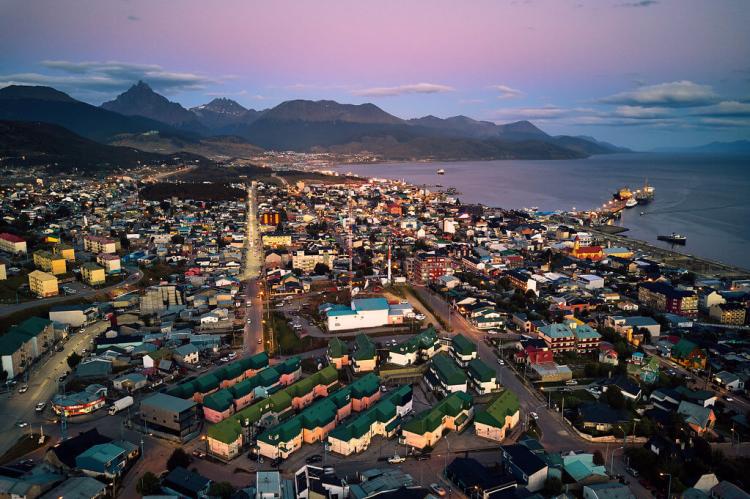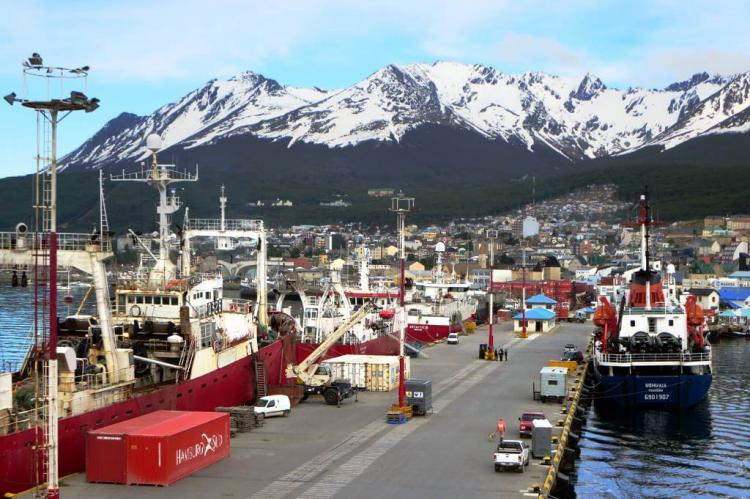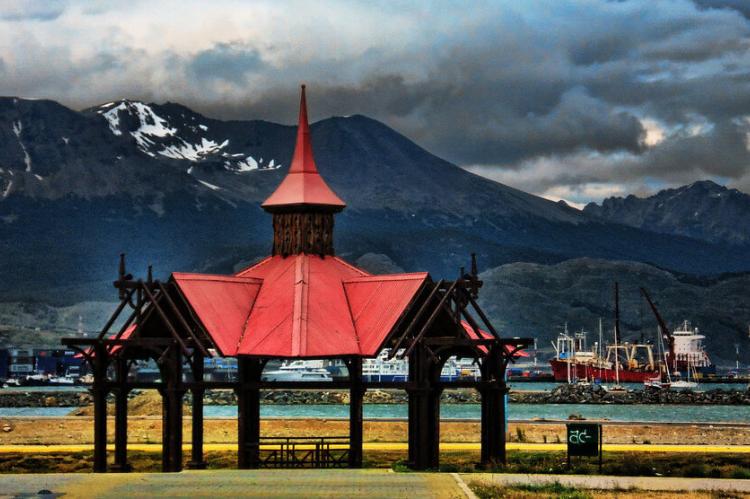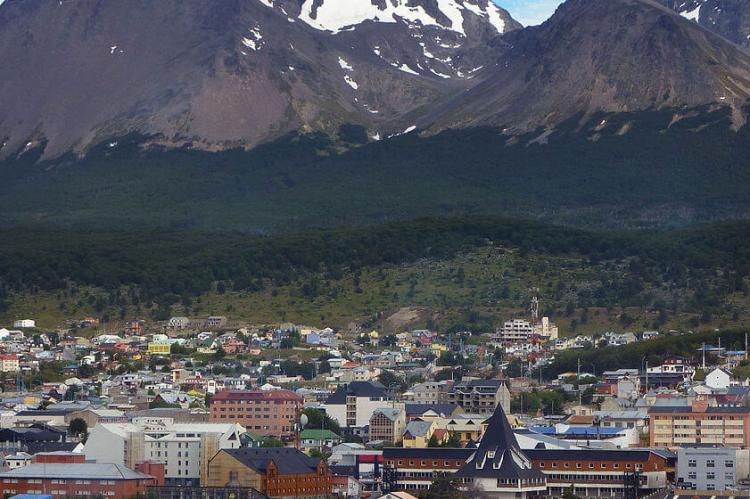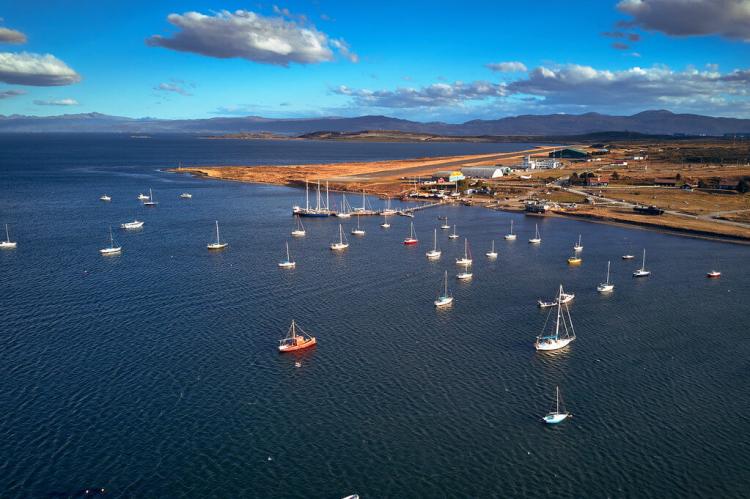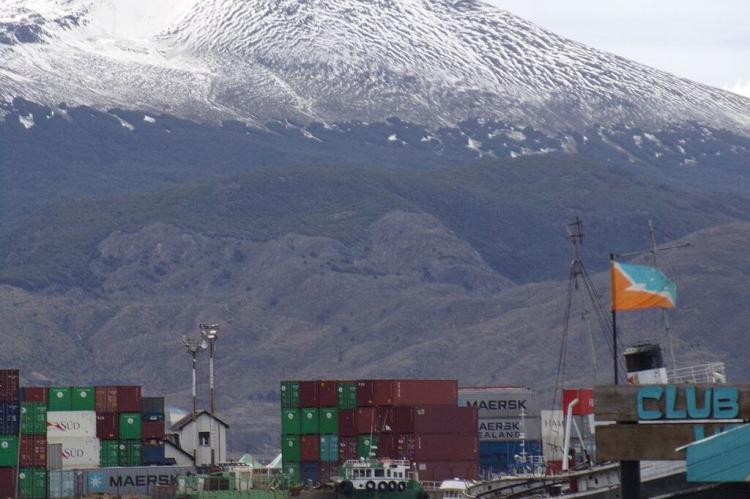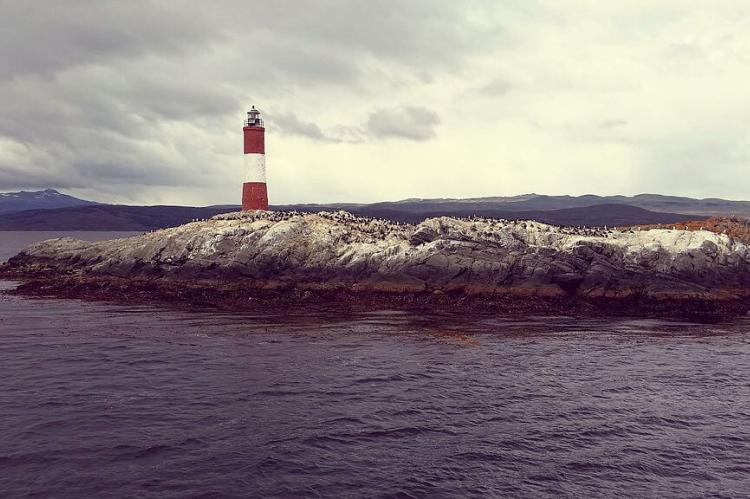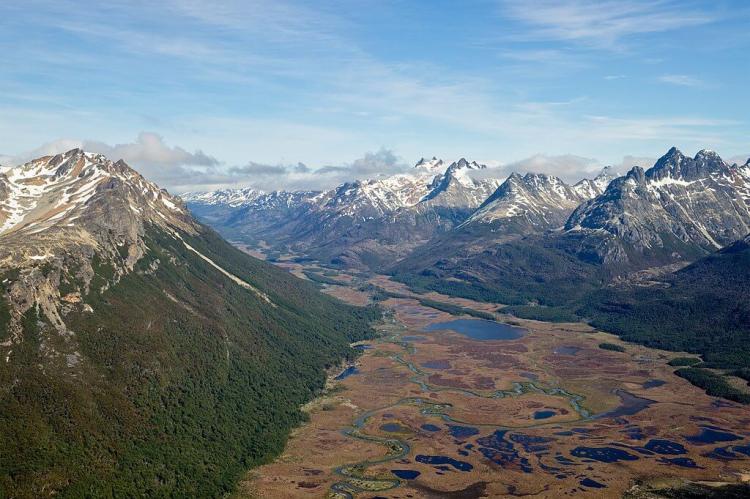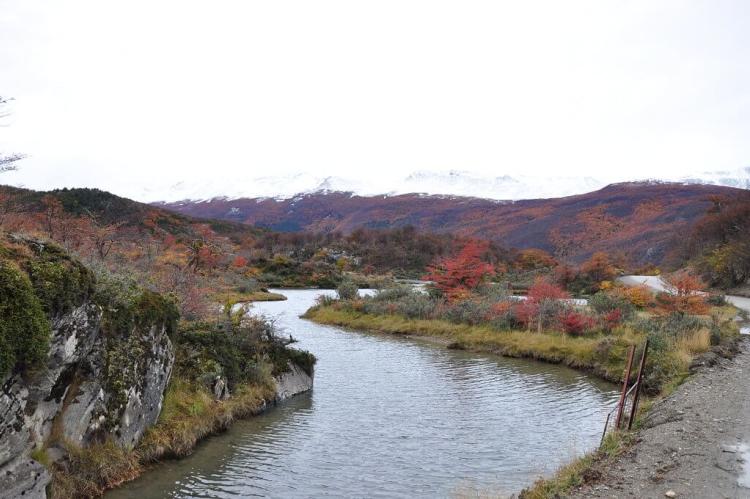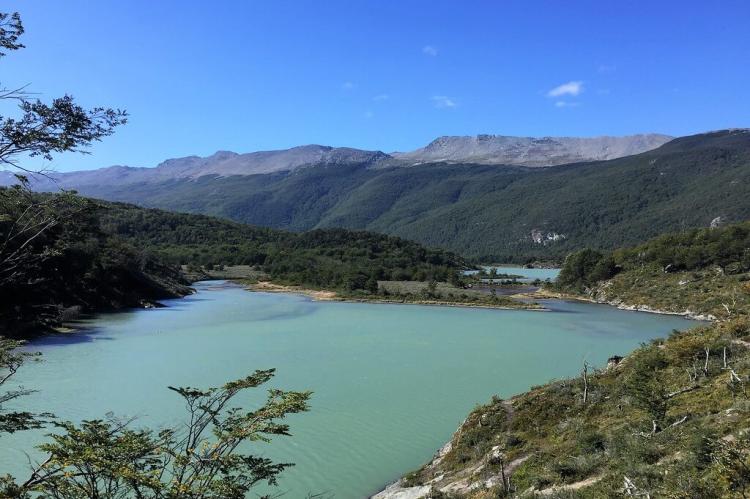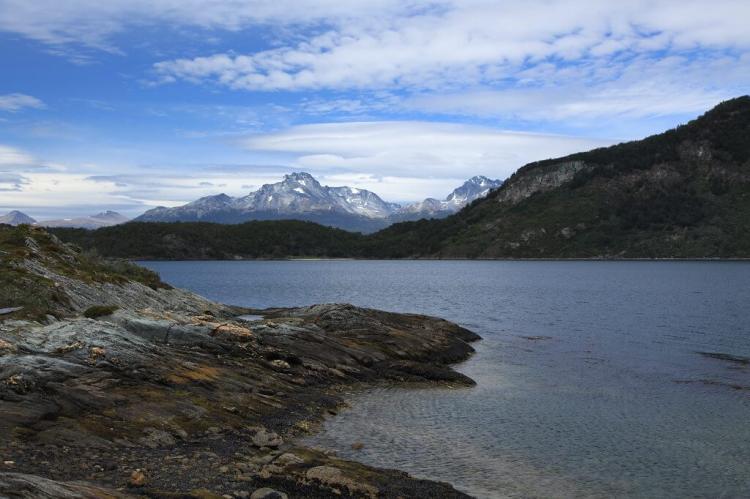Ushuaia and Tierra del Fuego: Exploring the Southernmost Reaches
Tierra del Fuego and its capital, Ushuaia, are located at the southernmost tip of South America, where the Atlantic and Pacific Oceans meet. This region is rich in history, adventure, and natural beauty, with rugged mountains, pristine waterways, and a blend of ancient cultures with modern marvels.
Ushuaia and Tierra del Fuego: Exploring the Southernmost Reaches
At the very edge of the South American continent, where the vast expanse of the Atlantic and Pacific Oceans converge, lies a region steeped in history, adventure, and breathtaking natural beauty – Tierra del Fuego and its capital, Ushuaia. This southernmost province of Argentina, aptly named the "Land of Fire," is a land of contrasts, where rugged mountains meet pristine waterways, and ancient cultures coexist with modern-day marvels. From the windswept shores of the Beagle Channel to the snow-capped peaks of the Fuegian Andes, Tierra del Fuego beckons travelers with a unique blend of wilderness, exploration, and cultural heritage, offering an unparalleled experience at the very edge of the world.
The Southernmost City: Ushuaia
A Thriving Port and Tourist Hub
Nestled on the shores of the Beagle Channel, at the southern tip of Isla Grande de Tierra del Fuego, lies Ushuaia – a city that proudly claims the title of the southernmost settlement on the planet. Once a remote outpost, Ushuaia has undergone a remarkable transformation, evolving from a harsh penal colony to a thriving port city and a hub for tourism, industry, and exploration of the Antarctic region.
Strategic Location and Economic Importance
Ushuaia's strategic location has played a pivotal role in shaping its identity and economic landscape. With its deep-water port and proximity to the Antarctic Peninsula, the city has become a vital logistics center for Argentine operations in Antarctica. Its industrial sector, led by the Grundig Renacer electronics factory, is among the largest in Patagonia, contributing to the city's economic growth and development.
Outdoor Adventures and Ecotourism
However, Ushuaia's true allure lies in its breathtaking natural surroundings and rich cultural heritage. Bounded by the towering peaks of the Martial Mountains, part of the Fuegian Andes, and the pristine waters of the Beagle Channel, the city offers a wealth of outdoor adventures and ecotourism opportunities. Visitors can explore the stunning landscapes of the Tierra del Fuego National Park, hike glacial trails, ski at world-class resorts like Cerro Castor, or embark on boat tours to witness the region's diverse marine life.
A Rich Cultural Tapestry
Ushuaia's history is equally captivating. Its past as a notorious penal colony left an indelible mark on the city's character. The former prison, now converted into the Museo Maritimo de Ushuaia, stands as a testament to the region's rich maritime heritage and the perseverance of those who endured the harsh conditions of this remote outpost. The city's museums and cultural centers offer a fascinating glimpse into the lives of the Indigenous Yámana people and the early European settlers and explorers.
The Vast Expanse of Tierra del Fuego Province
A Diverse and Rugged Terrain
Extending beyond the city limits of Ushuaia, the province of Tierra del Fuego, officially known as Provincia de Tierra del Fuego, Antártida e Islas del Atlántico Sur, encompasses a vast and diverse territory that embodies the very essence of adventure and exploration. This remote and rugged region not only encompasses the eastern half of the Tierra del Fuego archipelago but also claims Argentina's Antarctic territories and the South Atlantic Islands.
Ancient Cultures and Modern Marvels
The Tierra del Fuego islands, with their windswept steppes, glaciers, and dense forests, have been home to Indigenous populations like the Selk'nam and Yaghan for over 10,000 years. These ancient cultures have left an indelible mark on the region, their traditions and ways of life shaped by the unforgiving landscape and the constant struggle for survival. Even today, visitors can glimpse remnants of these rich heritages and gain insight into the resilience of these remarkable people.
Breathtaking Landscapes and Diverse Wildlife
The diverse landscapes of Tierra del Fuego Province offer a breathtaking array of natural wonders and wildlife. From the majestic peaks of the Fuegian Andes to the pristine waters of Fagnano Lake, the region is a paradise for outdoor enthusiasts and nature lovers. Visitors can witness unique and endemic species such as the Magellanic woodpecker, the elusive Fuegian fox, and a plethora of marine life, including the majestic southern right whale and vast colonies of penguins.
Adventure Tourism and Historic Attractions
In recent years, Tierra del Fuego Province has emerged as a prime destination for adventure tourism, offering many opportunities for hiking, kayaking, fishing, and even expeditions to the Argentine Antarctic bases during the summer months. The iconic Tren del Fin del Mundo (Train at the End of the World) takes visitors through the rugged landscapes of the Tierra del Fuego National Park. At the same time, attractions like the Les Eclaireurs lighthouse and the remote South Staten Island draw intrepid travelers seeking to explore the rich history and untamed beauty of this remarkable corner of the world.
A Tapestry of Exploration and Resilience
A History Woven with Discovery and Conquest
Despite its remote location and harsh climate, Tierra del Fuego Province has a rich history that dates back to the 16th century, when European explorers like Ferdinand Magellan first encountered the region. The Indigenous populations faced immense challenges as European settlers and nations vied to control the area. This culminated in Argentina's "Conquest of the Desert" campaign in the late 19th century, which decimated many native communities.
A Testament to Perseverance
Today, the province stands as a testament to the resilience of these peoples and the enduring spirit of exploration that has drawn adventurers and settlers to its shores for centuries. The vibrant cultural tapestry woven by the region's diverse inhabitants, along with its rugged beauty and untamed wilderness, make Tierra del Fuego Province a truly unique and unforgettable destination.
A Journey to the Edge of the World
Whether it's the rugged beauty of the Tierra del Fuego islands, the icy expanses of the Antarctic Peninsula, or the rich cultural heritage that permeates every corner of this land, Tierra del Fuego Province offers a journey like no other. It is a land where the boundaries of civilization blur, where nature reigns supreme, and where the spirit of adventure burns brightly – a gateway to the end of the world and an experience that will leave an indelible mark on the soul of every traveler who dares to venture into its untamed embrace.
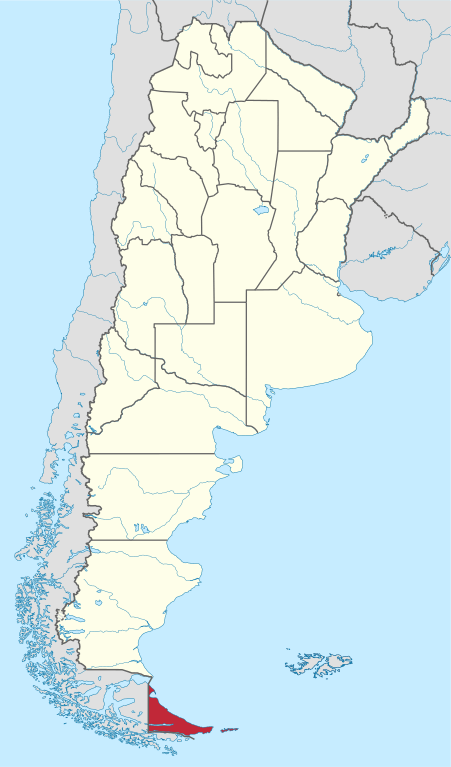
Map depicting the location of Tierra del Fuego province, Argentina.
